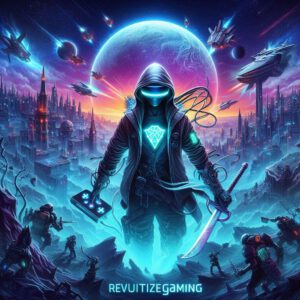Setting goals is a crucial aspect of any business, including NFT games. In this article, we will explore the benefits of setting goals for NFT developers, and how they can help improve their performance and productivity. We’ll also discuss some real-life examples of NFT games that have successfully implemented goal-setting strategies and the positive impact it has had on their development process.
First and foremost, setting goals in NFT games helps developers stay focused and motivated. By establishing clear objectives for what they want to achieve, developers can prioritize their work and allocate resources more effectively. This not only leads to better time management but also allows them to track their progress and measure the success of their projects.
Another benefit of setting goals is that it encourages collaboration and communication among team members. When everyone has a clear understanding of what needs to be done, they can work together more efficiently and effectively. This not only leads to faster completion of tasks but also improves the overall quality of the product.
One example of an NFT game that has successfully implemented goal-setting strategies is "CryptoKitties." The team behind CryptoKitties established clear goals for their project, such as increasing the number of daily active users and expanding the range of breeds available. They also used data analytics to track their progress and make informed decisions about how to optimize their marketing efforts.
As a result of these strategies, CryptoKitties quickly became one of the most popular NFT games on the market. It also led to significant growth in the number of daily active users, which helped to increase revenue and attract new players.
Another benefit of setting goals is that it helps developers identify potential challenges and obstacles early on. By anticipating these issues, developers can develop contingency plans and allocate resources accordingly. This not only reduces the risk of setbacks but also allows them to maintain a sense of control over their projects.
A real-life example of this is the development of "Decentraland." The team behind Decentraland established clear goals for their project, such as increasing the number of users and expanding the range of features available. However, they also anticipated potential challenges, such as regulatory hurdles and competition from other NFT games.
To address these challenges, the Decentraland team developed a comprehensive strategy that included building strong partnerships with other NFT projects and engaging with regulators to ensure compliance with relevant laws and regulations. As a result of these efforts, Decentraland has seen significant growth in both users and revenue.
In conclusion, setting goals is an essential aspect of any successful NFT game development process. By establishing clear objectives, developers can stay focused, motivated, and collaborate more effectively. They can also anticipate challenges and develop contingency plans to maintain control over their projects. With the right strategies in place, NFT games can not only succeed but thrive in a highly competitive marketplace.



